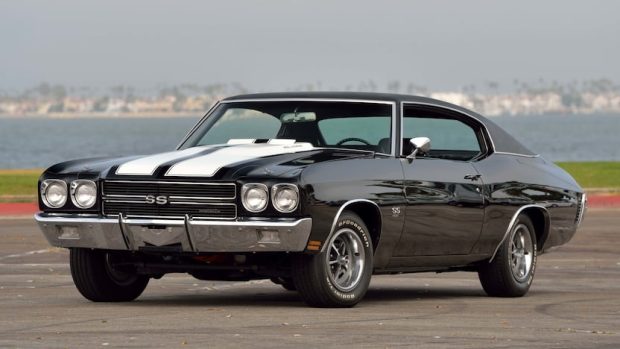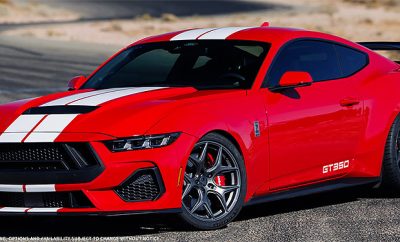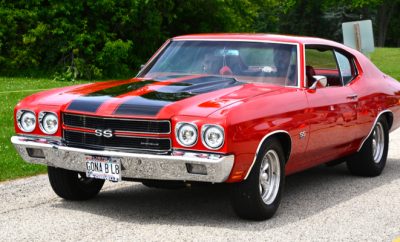Best Muscle Cars
The Timeless Appeal of Muscle Cars: Iconic Design and Style

Muscle cars occupy a hallowed space in the automotive world, revered for their powerful engines, striking designs, and cultural significance. Originating in the mid-20th century, particularly during the 1960s and 1970s, these American-born icons represent more than mere vehicles; they embody a potent blend of speed, style, and rebellious spirit that continues to captivate enthusiasts worldwide.
The Birth of Muscle Cars
American automakers’ pivotal decision to fuse large, high-performance engines with mid-size car platforms marked the genesis of muscle cars. This innovative approach was driven by a burgeoning market segment that sought transportation and machines capable of exhilarating speed and power. Rolex, Dodge, and Pontiac emerged as pioneers in this new era of automotive performance, each introducing models that would become legendary in their own right. Similarly, for those looking to master the art of driving powerful vehicles, truck driving schools sacramento ca provide the essential training needed to handle heavy-duty trucks with confidence and skill.
Design
One of the defining characteristics of muscle cars is their unmistakable design language. Designers crafted these vehicles from the outset to visually communicate their performance capabilities. Long, sweeping hoods that often housed massive V8 engines signaled raw power under the surface.
Aggressive front grilles with dual headlights and bold logos conveyed a sense of dominance on the road. The muscular, sculpted bodies featured sleek fastback profiles, sharp creases, and often racing stripes or hood scoops that added to their aesthetic appeal and aerodynamic efficiency.
The interiors of muscle cars were equally striking, blending comfort with purposeful design. Bucket seats, sporty steering wheels, and instrument clusters that emphasized speed and performance metrics created an immersive driving experience. Despite their focus on power and speed, many muscle cars offered luxury features and customization options, appealing to a broad spectrum of buyers.
Iconic Models
Several models have achieved iconic status within the muscle car pantheon. The Ford Mustang, introduced in 1964, is perhaps the most famous, credited with kickstarting the muscle car craze with its sleek design and affordable performance. Chevrolet’s Camaro, introduced as a direct competitor to the Mustang, quickly gained a devoted following with its aggressive stance and powerful engine options.
Dodge’s Challenger and Charger models became synonymous with brute force and uncompromising style, while Pontiac’s GTO epitomized the marriage of luxury and speed, setting benchmarks for future generations of muscle cars.
Cultural Impact and Enduring Legacy
Beyond their mechanical prowess, muscle cars have profoundly impacted popular culture. They became symbols of freedom, individuality, and the pursuit of adrenaline-fueled thrills. Featured prominently in movies, television shows, music videos, and literature, muscle cars became ingrained in the collective consciousness, representing the aspirations and attitudes of their respective eras.
Their presence in racing, from drag strips to NASCAR ovals, further solidified their status as symbols of American automotive ingenuity and competitiveness. Muscle cars became the vehicles of choice for enthusiasts who sought to push the limits of speed and performance, both on the track and on the open road.
Modern Resurgence and Evolution
During the golden age of muscle cars, their legacy lives on through modern interpretations and revivals. Automakers have revisited classic designs while incorporating advanced technologies aimed at enhancing performance, efficiency, and safety. Modern muscle cars retain the essence of their predecessors with aggressive styling, potent engines, and state-of-the-art features that cater to contemporary tastes and regulations.
These modern incarnations continue to captivate a new generation of enthusiasts while maintaining the nostalgia and allure that defined the original muscle car era. Models like the Ford Mustang GT, Chevrolet Camaro SS, and Dodge Challenger Hellcat blend heritage with innovation, offering drivers an exhilarating combination of tradition and cutting-edge engineering.
Looking to embark on a career in trucking? truck driving schools in Sacramento ca, offer specialized training programs tailored to prepare you for success in the transportation industry. These schools provide comprehensive instruction on driving skills, safety protocols, and regulatory compliance, ensuring you’re ready for a rewarding career behind the wheel.
Whether you’re new to trucking or seeking to advance your skills, Sacramento’s truck driving schools equip you with the expertise needed to thrive in this essential field.
Conclusion
In conclusion, muscle cars represent more than just a chapter in automotive history; they are enduring symbols of American automotive innovation, style, and performance. From their bold designs and powerful engines to their cultural impact and continued evolution, muscle cars have left an indelible mark on the hearts and minds of enthusiasts worldwide.
Whether roaring down a stretch of highway or showcased at a classic car show, muscle cars continue to evoke passion, nostalgia, and admiration, ensuring their place as timeless classics in the annals of automotive design and style.









0 comments